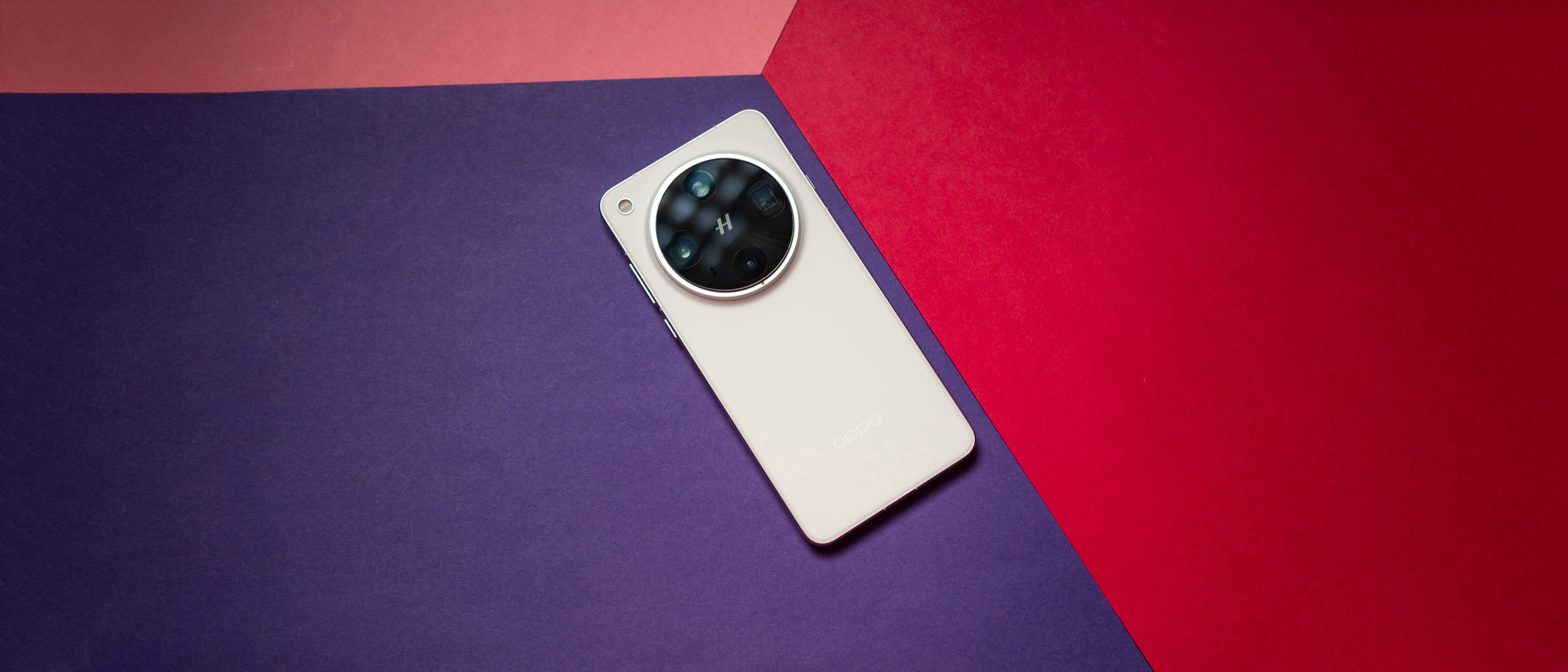Samsung Galaxy Z Fold 4 vs. Fold 3: Which one should you buy?
Savings or speed? We have the answer you need.
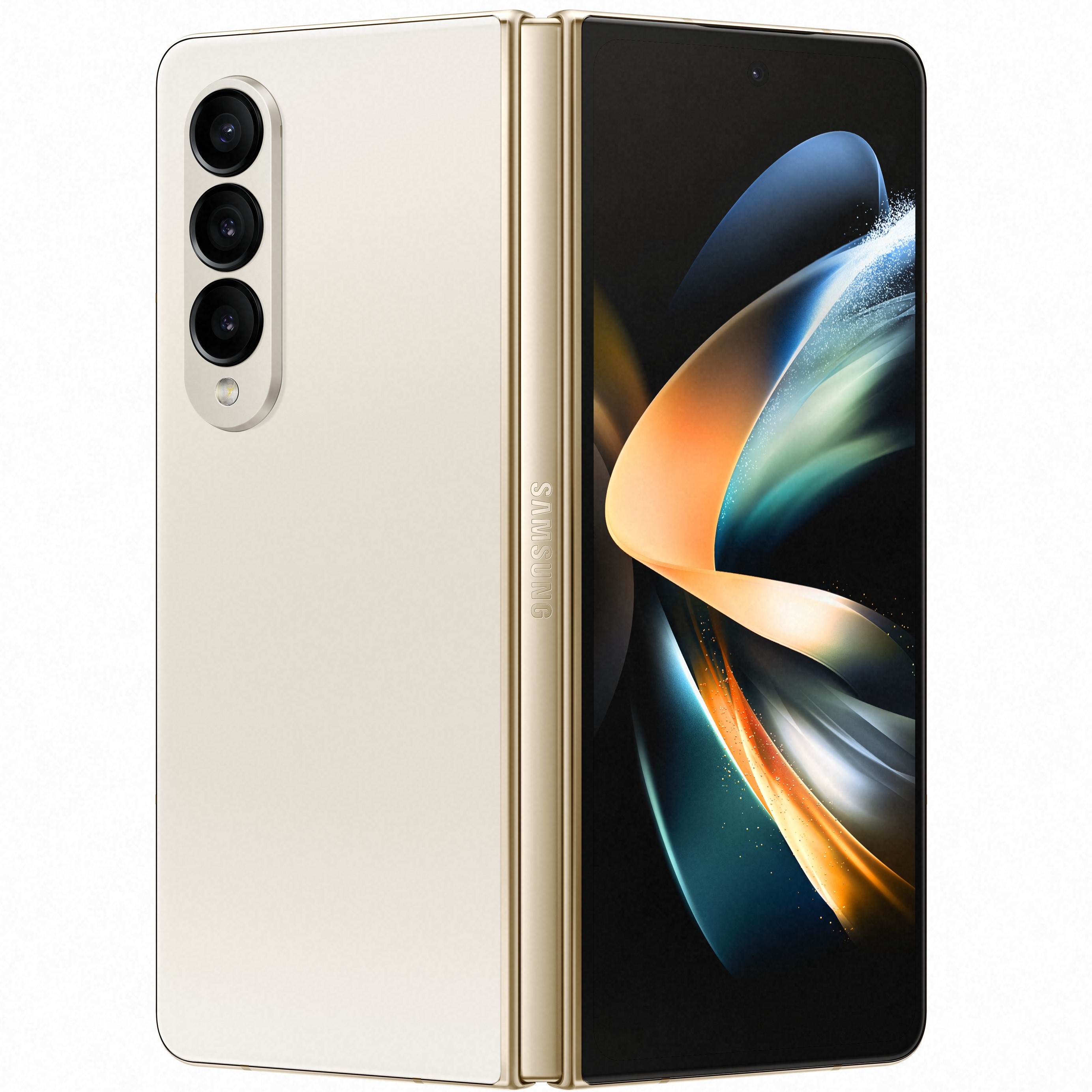
Smaller and sleeker
With the Z Fold 4, Samsung is tightening up the formula, delivering a sleeker, slimmer, and slightly lighter device complete with smaller bezels all around. It packs in flagship cameras from the Galaxy S22, a better under-display camera, faster SoC, faster charging, better battery life, and the promise of years of software updates and support.
For
- More compact hinge and design
- Smaller bezels
- Better cameras
- Stronger glass
- Faster SoC
- Faster charging
Against
- Foldable crease is still noticeable
- Still no holster for the S Pen
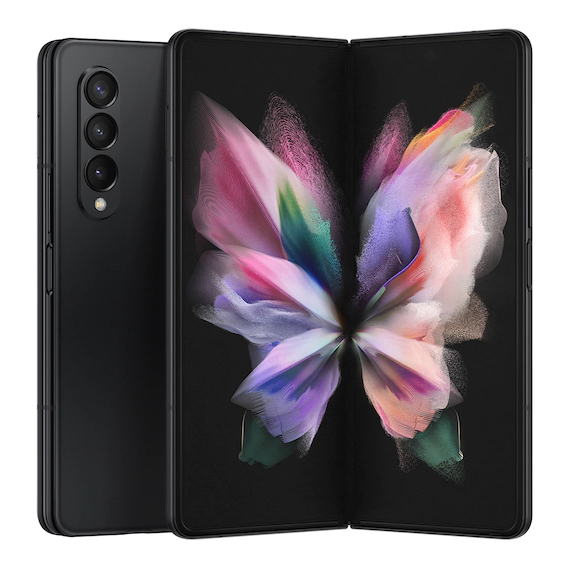
Get it at an affordable price
Samsung blew the world away with the first water-resistant foldable phone in 2021, complete with S Pen support, an under-display camera, smoother displays, and tons of new software experiences. After a year, the Z Fold 3 can be found at a reduced price of $1,199 new and is a phenomenal value for such a huge foldable phone.
For
- S Pen support
- Can be found for cheaper
- Multiple displays and sizes
- Years of software support
Against
- Older SoC
- Thicker hinge
- Older cameras
- No dust resistance
Last year's Samsung Galaxy Z Fold 3 was all about quality-of-life changes that made a big difference, and Samsung is once again delivering a substantive update with 2022's Galaxy Z Fold 4. From the get-go, you'll notice the trimmed-up design that includes a noticeably slimmer hinge than the Fold 3, all without affecting the IPX8 water resistance the Fold 3 was famous for.
In addition, the impressive Snapdragon 8+ Gen 1 SoC inside ensures faster processing, impressive AI-powered improvements for the camera and everyday features, better thermal design to keep the phone cool, and the promise of better battery life thanks to efficiencies in the latest processor designs.
But Samsung didn't stop there. Not only does the Galaxy Z Fold 4 charge faster than the Fold 3, but it includes the rear cameras from the Samsung Galaxy S22, giving the Fold 4 a notable jump in quality. But, if you're OK with last year's best, the Z Fold 3 is at its lowest price ever, giving you a true option of saving money or getting better specs with the best foldable phones.
Samsung Galaxy Z Fold 4 vs. Fold 3: A new camera experience
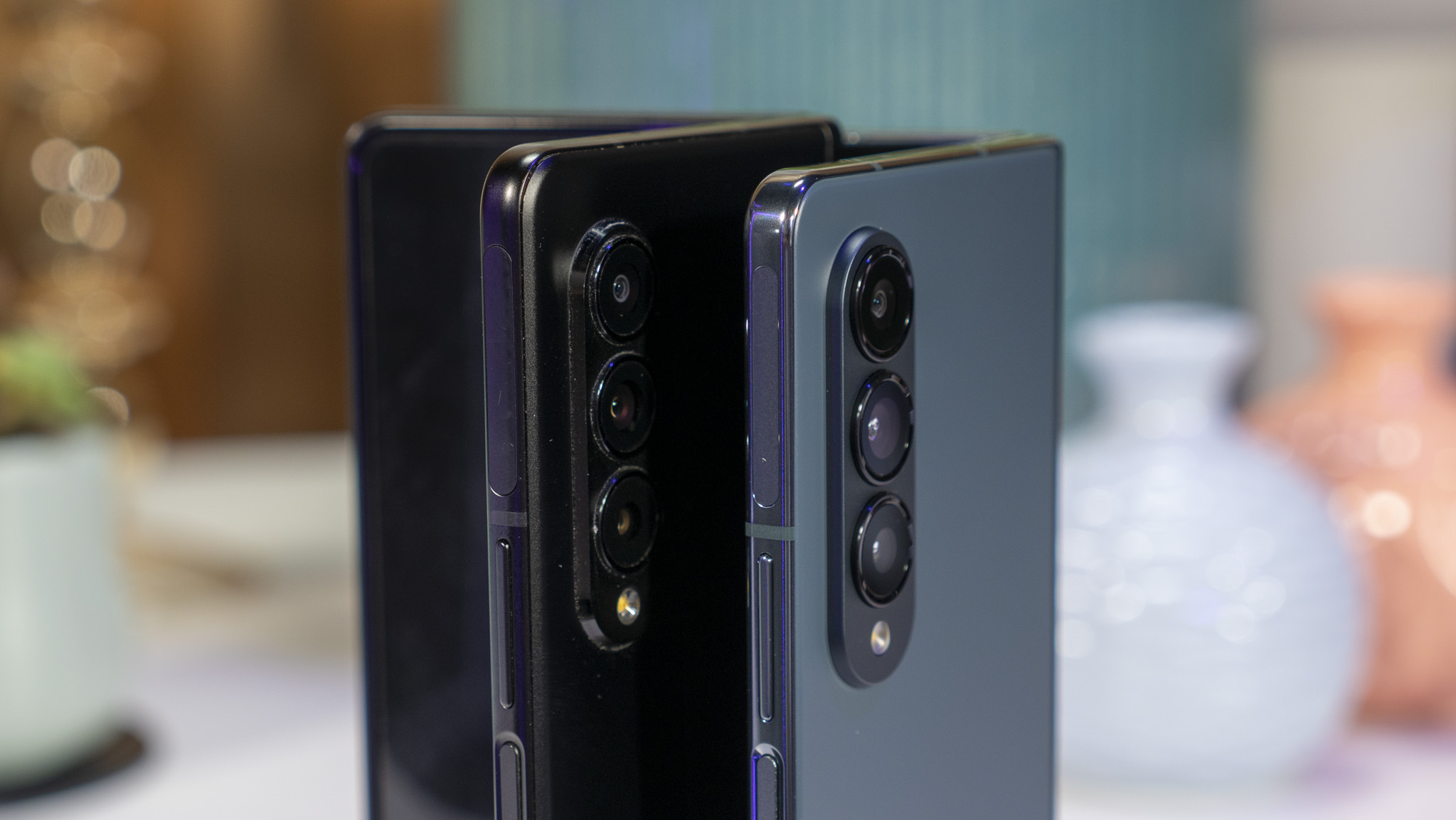
While the new build might be the most obvious thing to start with, the changes in the camera hardware are probably going to be the biggest noticeable change for folks in everyday situations. In last year's Galaxy Z Fold 3 review, I noted that the "old" cameras in the Z Fold 3 were surprisingly fine thanks to a number of software-side improvements Samsung made.
But that doesn't mean they were good, or that people would be super happy with them long-term, especially when they spent $1,800 on the phone.
This year, Samsung is rectifying that mistake by upgrading the camera sensors in a big way. While the ultra-wide and telephoto sensors look the same on paper, Samsung told me that these include better hardware stabilization and tracking features.
Additionally, Samsung upgraded the lens on the telephoto camera, which can now deliver 3x optical zoom — and up to 30x Space Zoom, as Samsung calls it — compared to the 2x optical zoom and 10x maximum hybrid zoom on the Z Flip 3.
| Category | Samsung Galaxy Z Fold 4 | Samsung Galaxy Z Fold 3 |
|---|---|---|
| Price (MSRP) | $1,799 | $1,199 |
| Software | Android 12, One UI 4.1 | Android 12, One UI 4.1 |
| Processor | Qualcomm Snapdragon 8+ Gen 1 | Qualcomm Snapdragon 888 |
| RAM | 12GB | 12GB |
| Storage | 256GB, 512GB, 1TB | 256GB, 512GB |
| Inner Display | 7.6-inch Dynamic AMOLED 2x, LTPO (1-120Hz), 2176 x 1812, 21.6:18 | 7.6 inches, 22.5:18, 2208x1768 (374 ppi) resolution, Dynamic AMOLED 2X, 120Hz refresh rate |
| Cover Display | 6.2-inch Dynamic AMOLED 2x, LTPO (48-120Hz), 2316 x 904, 23.1:9 | 6.2 inches, 25:9, 2268x832 (387 PPI) resolution, Super AMOLED, 120Hz refresh rate |
| Protection | IPx8 water resistance | IPx8 water resistance |
| Security | Side-mounted fingerprint sensor | Side-mounted fingerprint sensor |
| Rear Camera 1 | 50MP, ƒ/1.8, 1.0μm, 85-degree FoV (main camera) | 12MP, ƒ/1.8, 1.8μm (main camera) |
| Rear Camera 2 | 12MP, ƒ/2.2, 1.12μm, 123-degree FoV (ultra-wide) | 12MP, ƒ/2.2, 1.12μm (ultra-wide) |
| Rear Camera 3 | 10MP, ƒ/2.4, 1.10μm, 3x optical zoom | 12MP, ƒ/2.4, 1.0μm, 2x optical zoom (telephoto) |
| Inside Camera | 4MP, ƒ/1.8, 2.0μm, 80-degree FoV | 4MP, ƒ/1.8, 2.0μm |
| Cover Camera | 10MP, ƒ/2.2, 1.22μm, 80-degree FoV | 10MP, ƒ/2.2, 1.22μm |
| Battery | 4,400mAh (dual 2,200mAh batteries) | 4,400mAh |
| Charging | 25W Fast Charging, 10W Wireless Charging, 4.5W Reverse Wireless Charging | 25W Fast Charging, 10W Wireless Charging, 4.5W Reverse Wireless Charging |
| Connectivity | 5G (sub-6, mmWave), Bluetooth 5.2, Wi-Fi 6/6E | 5G (sub-6, mmWave), Bluetooth 5.2, Wi-Fi 6/6E |
| Colors | Graygreen, Phantom Black, Beige, Burgundy (Samsung.com exclusive) | Phantom Black, Phantom Green, Phantom Silver |
| Dimensions (folded) | 67.1 wide x 155.1 tall x 15.8mm thin | 67.1 wide x 158.2 tall x 16.0mm thin |
| Dimensions (unfolded) | 130.1 wide x 155.1 tall x 6.3mm thin | 128.1 wide x 158.2 tall x 6.4mm thin |
| Weight | 263 grams | 271 grams |
| Audio | Stereo sound | Stereo sound |
The biggest upgrade comes in the form of a brand new 50MP sensor for the main rear camera, which is a massive resolution upgrade from the 12MP sensor in the Z Flip 3. But not all is immediately rosy, as you'll notice the pixel size difference between these sensors in the spec list is quite notable.
A downgrade from a physical 1.8μm-sized pixel to a 1.0μm-sized pixel sounds pretty terrible, but, as with all things tech, what you see on paper doesn't tell the full story.
This main 50MP sensor uses a Quad Bayer filter, which allows Samsung to cycle between using the full 50MP count when taking photos in bright light, or "bin" those pixels together to create a brighter image. This helps make up for the difference in pixel size and, based on what we know about the Galaxy S22's fantastic camera, should produce a substantially better end result.
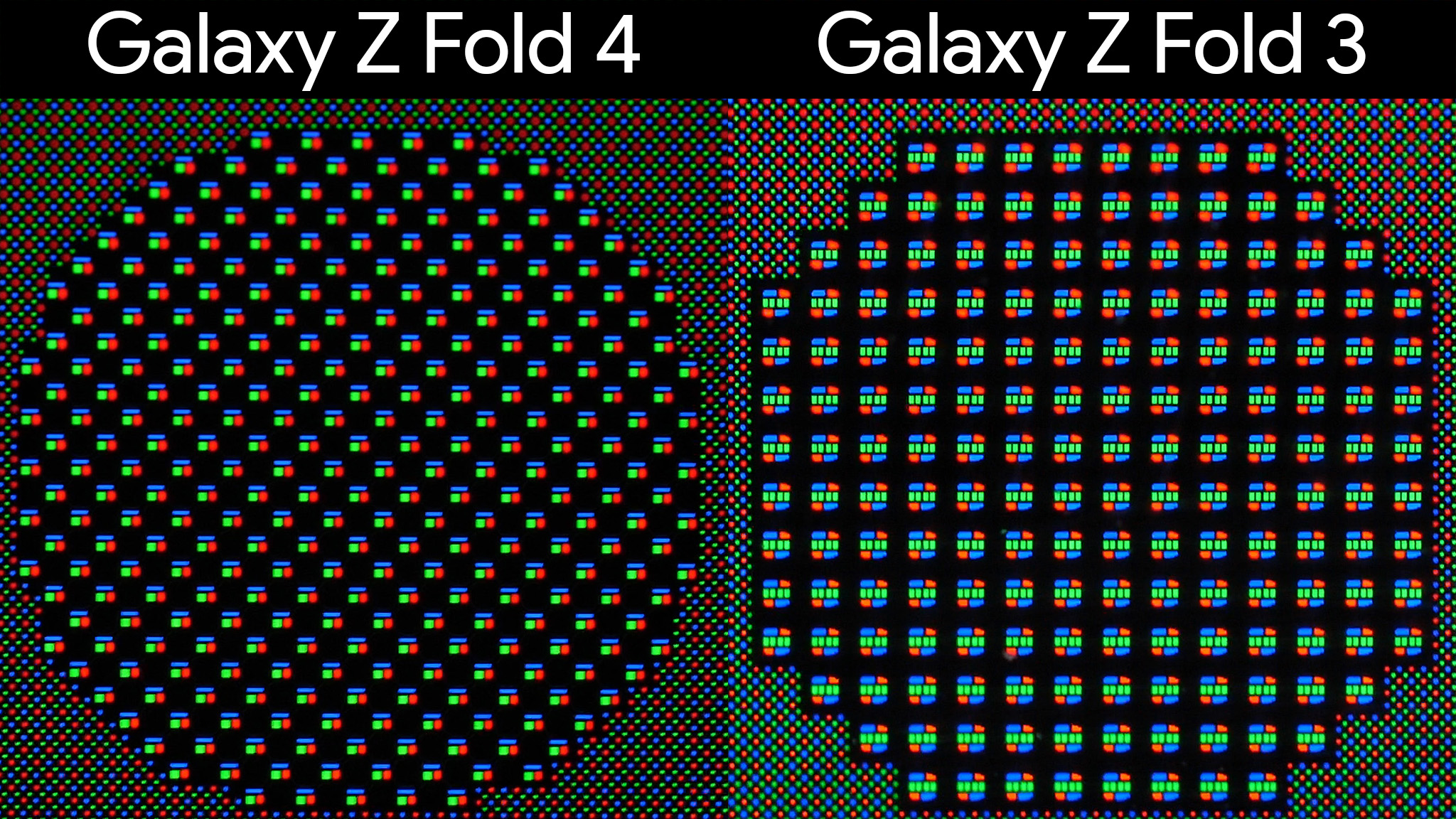
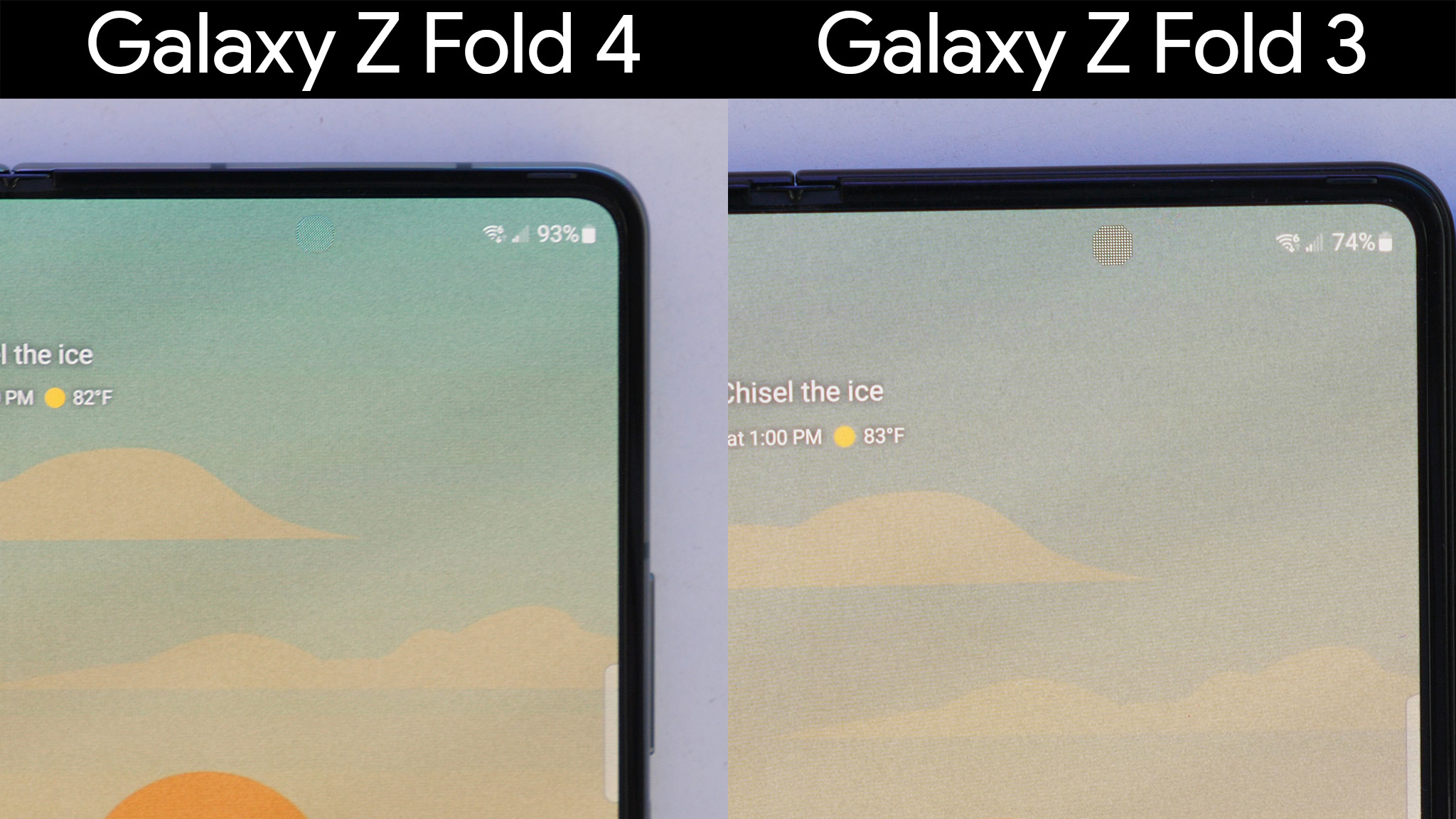
The Galaxy Z Fold 3 might have debuted the under-display camera on a Samsung phone, but the Z Fold 4 is much closer to perfecting the tech.
Not to be outdone by what's on the outside, Samsung also upgraded the under-display camera to deliver not only clearer photos and video, but also to make it blend in better with what's on the display. The Galaxy Z Fold 3 might have debuted the under-display camera on a Samsung phone, but the Z Fold 4 is much closer to perfecting the tech.
All of these new cameras on the Fold 4 will deliver better results than what's on the Fold 3 because of hardware alone, but Samsung isn't stopping there. Thanks to the Qualcomm Snapdragon 8+ Gen 1 processor inside the Fold 4, Samsung can take advantage of many new software-side tricks introduced with the Snapdragon Sight platform.
The enhanced AI processing capabilities of the Snapdragon 8+ Gen 1 also bring better photo and video processing overall, including more accurate portrait mode calculation. Portrait mode uses AI Stereo Depth Map, a technology that Samsung introduced with the Galaxy S22 series and, in our testing, delivered the best portrait mode shots of any smartphone.
Samsung Galaxy Z Fold 4 vs. Fold 3: Refined design

Samsung's Galaxy Z Fold 4 slides in at just a few grams lighter and a few millimeters smaller, but the new build is more than just the sum (or the subtraction) of its parts. The bulk of the changes revolve around that hinge, which is now noticeably smaller from every angle.
When closed, the difference between both phones is fairly minute. The Fold 4 is a tiny bit thinner — 0.2mm, to be exact — but it's also a few grams lighter because of the reduced size of the hinge.
Samsung also opted for a slightly shorter, wider build with the Z Fold 4. When open, the Z Fold 4 is 3.1mm shorter and 2mm wider than the Z Fold 3. It's a nice change that helps make the aspect ratio feel a bit more "normal" than the Fold 3.
But the outer display is probably where folks will notice the most difference. While the measurements look identical on paper — exactly 67.1mm wide for both the Fold 3 and Fold 4 when folded closed — the hinge size reduction coupled with smaller bezels makes the cover display bigger enough to feel more comfortable while typing.
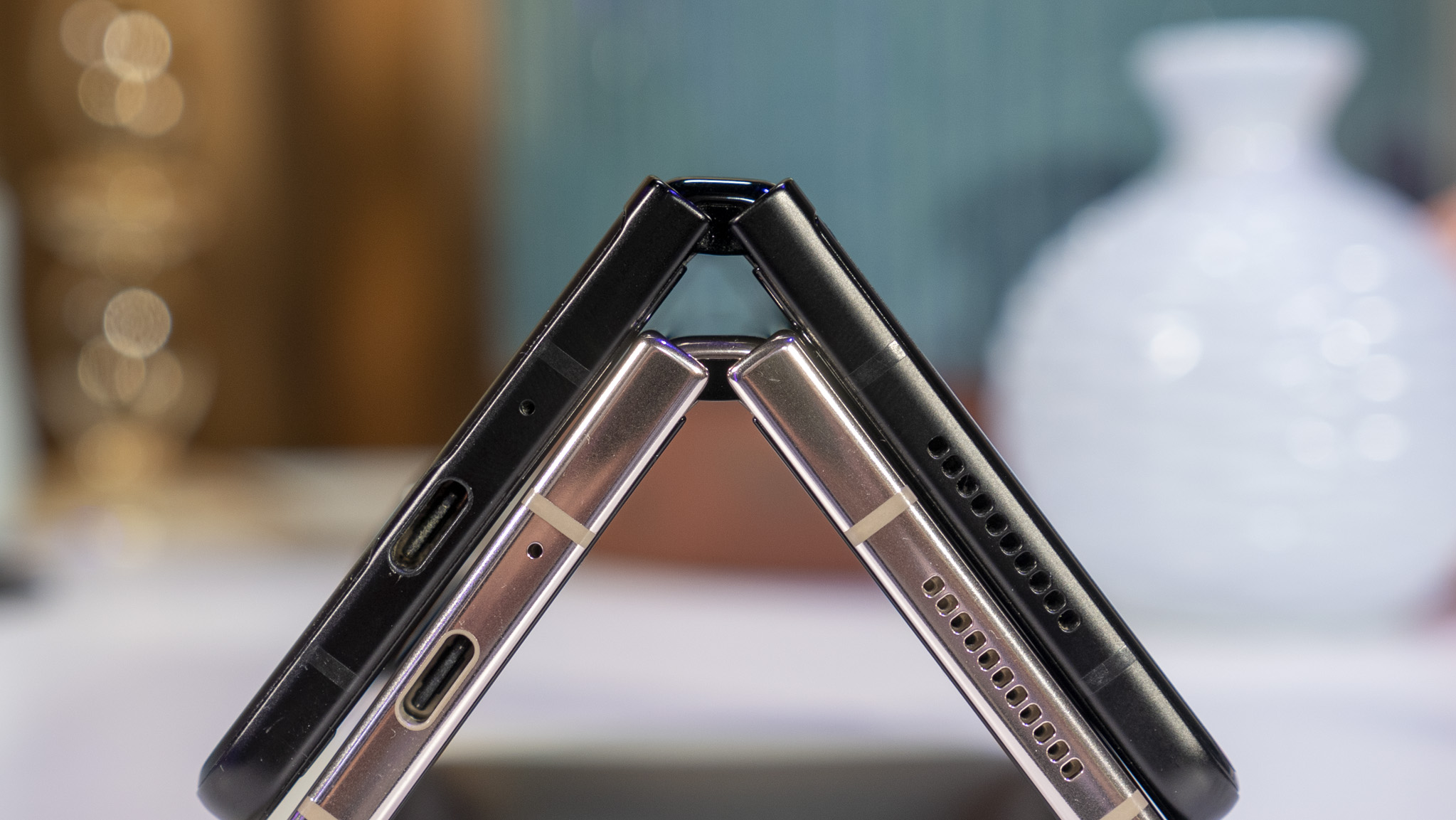
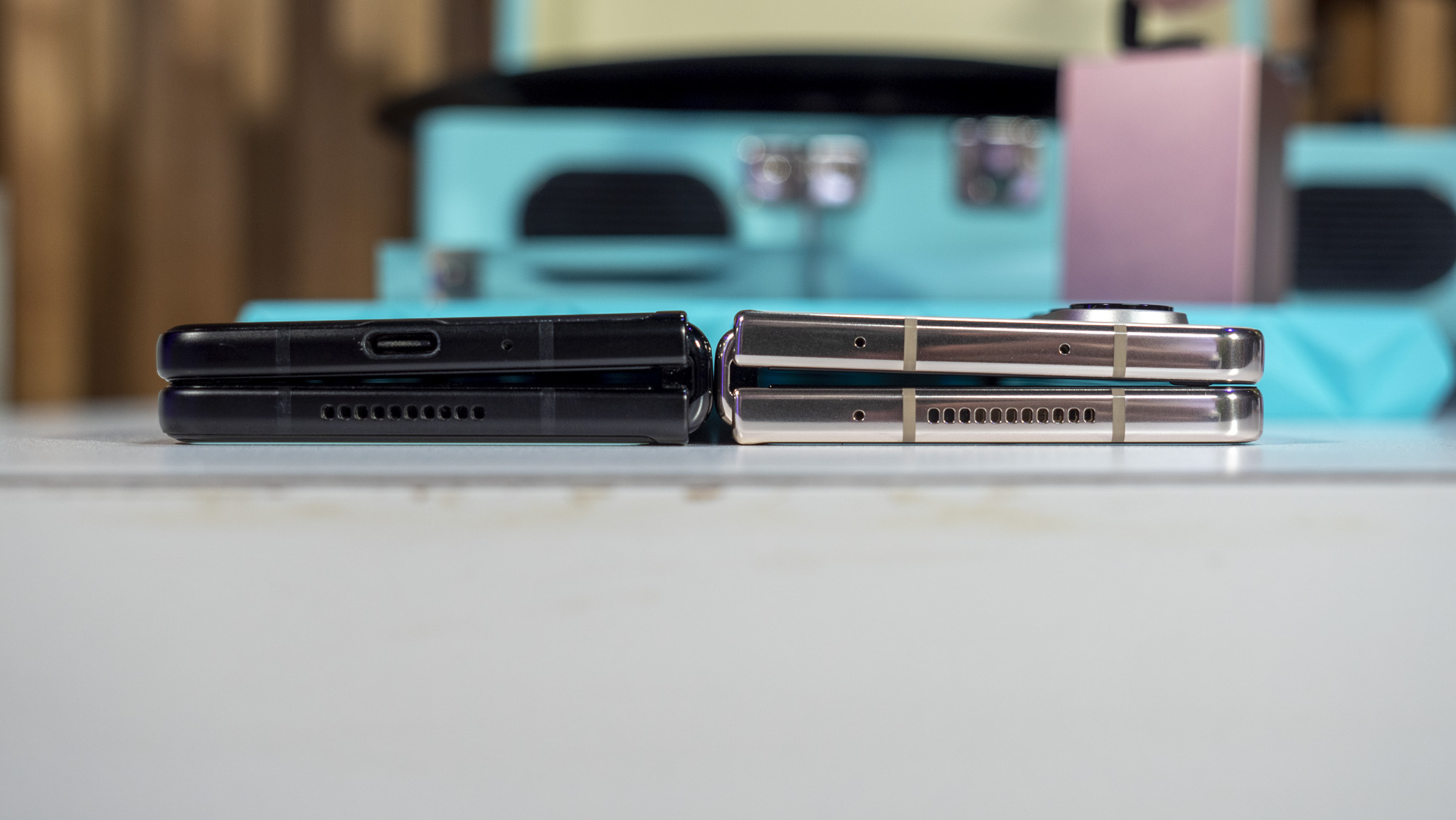
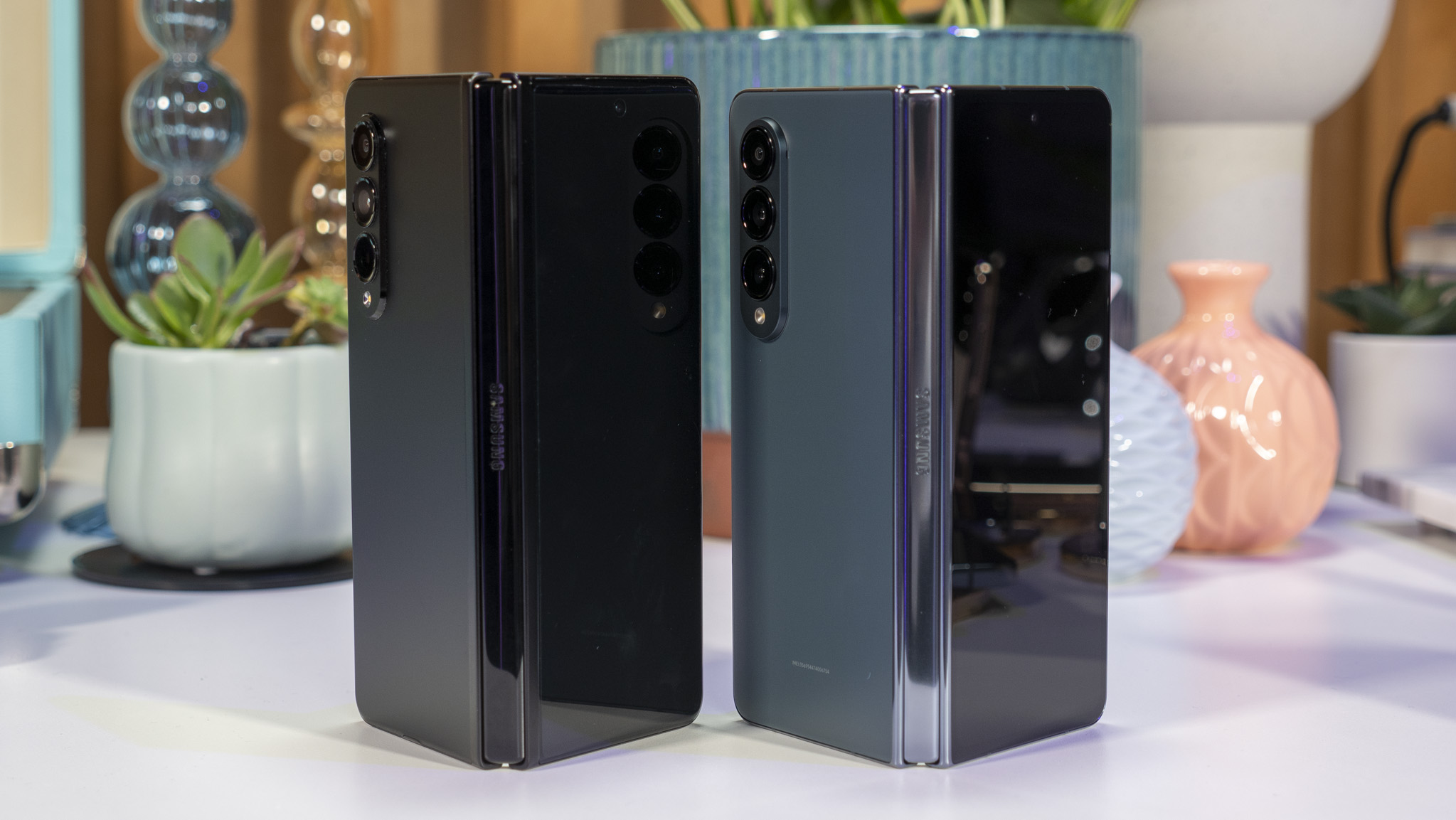
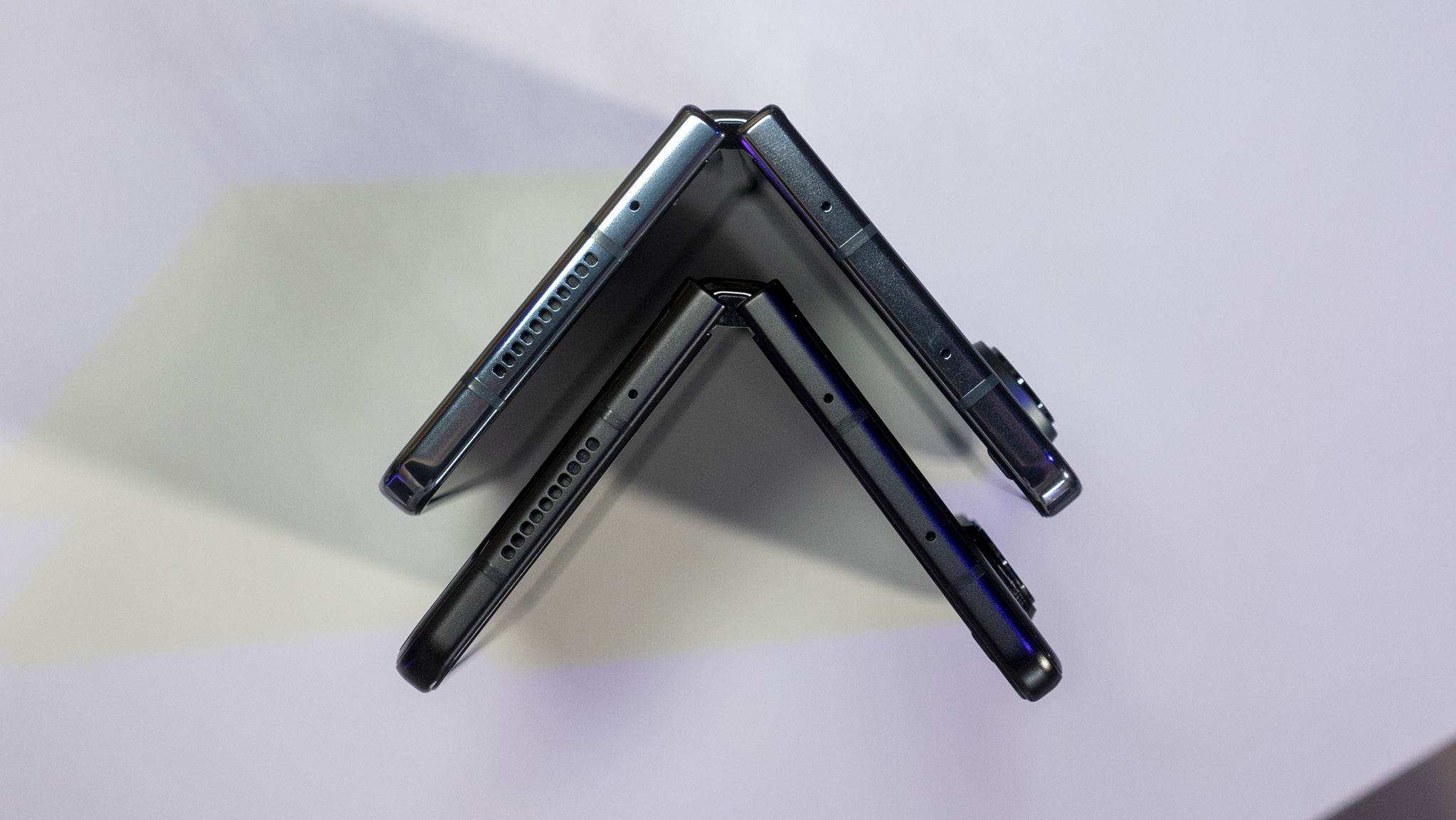
Over the past year, I've found that typing on the cover display of the Z Fold 3 can be frustrating at times, as the screen is quite narrow and causes "ghost touches" when fingers get too close. The result is often that the wrong letters will be tapped on the keyboard or, more annoyingly, the phone will think you're attempting to swipe-type instead of pecking.
Hopefully, this slightly wider screen helps resolve this problem. I'll be sure to update this once I've used the Fold 4 for long enough to be totally sure.
Inside, you'll find the bezels around the larger folding display have also been reduced when compared to the Z Fold 3.
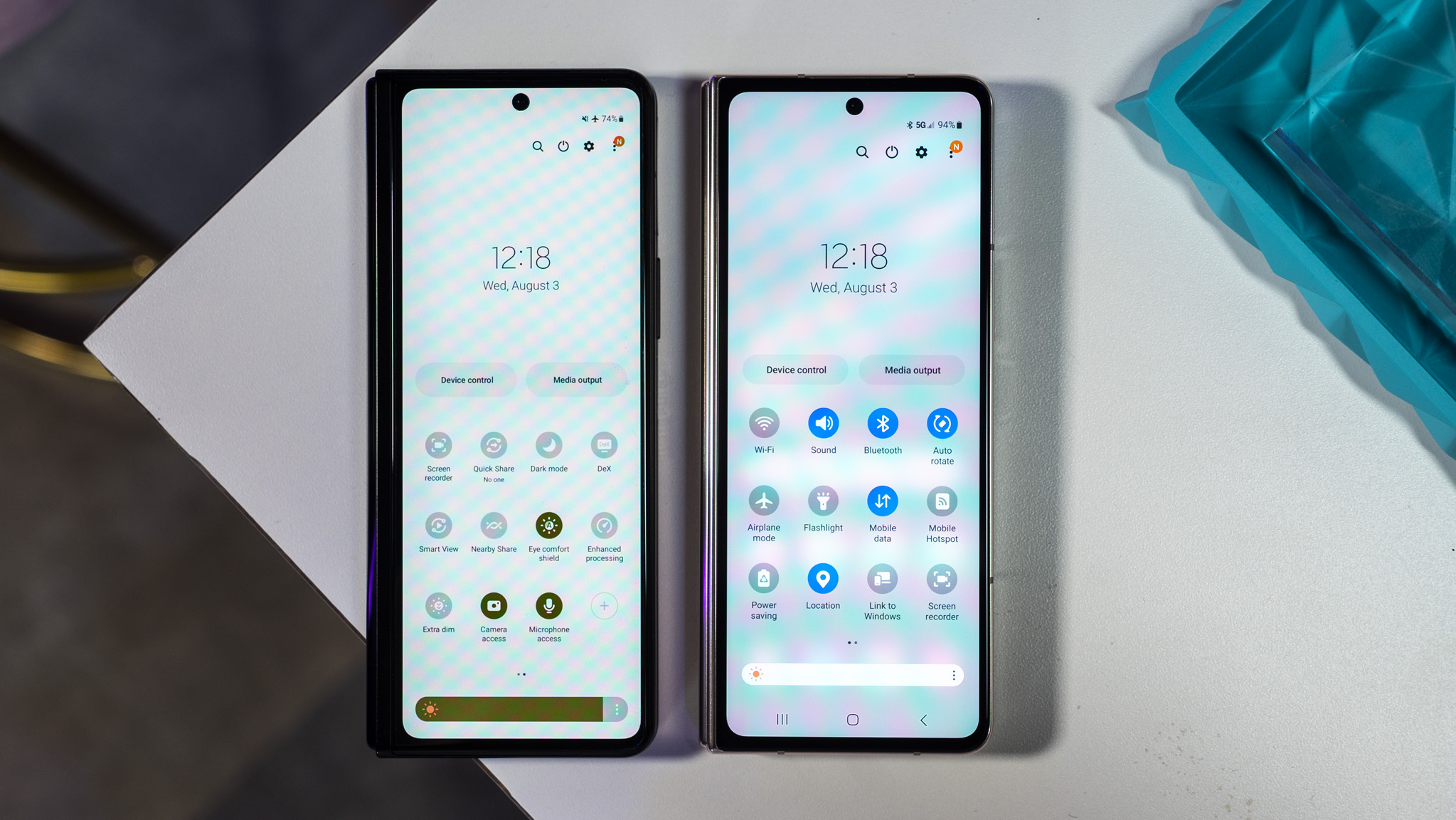
Samsung has also enhanced the strength and layer structure of the ultra-thin foldable glass with this new generation and states that the Fold 4's glass is 45% stronger than what's on the Fold 3. Not only is the glass itself stronger, but Samsung says that it optimized the layered structure to ensure this is the strongest foldable glass ever.
A pre-installed screen protector is still included with the Fold 4 and is made of the same material as what's on the Flip and Fold 3. This time around, however, Samsung said it created a stronger adhesive and better application to help minimize peeling.
Like the Fold 3, Samsung will offer one free screen replacement in case anything happens to the screen itself or the screen protector. You can exercise this warranty via a local repair store like iFixIt or via Samsung's online support.
Samsung Galaxy Z Fold 4 vs. Fold 3: Gotta go fast
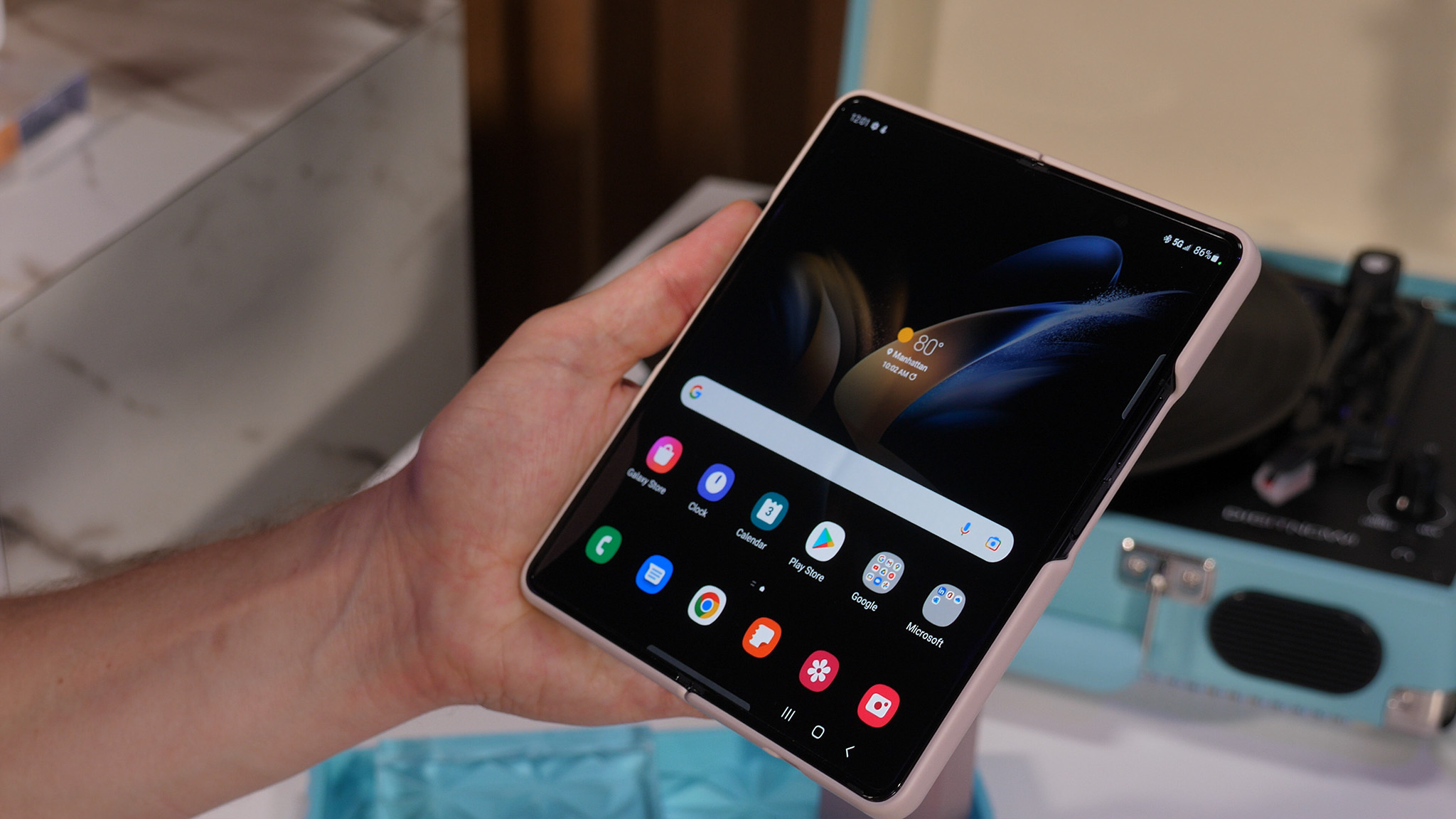
The Snapdragon 8+ Gen 1 is rated to be up to 40% faster than the Snapdragon 888 in the Z Fold 3,
As you would expect from an annual upgrade, the Galaxy Z Fold 4 comes with a faster chipset than what's in the Z Fold 3. What you might not expect, however, is that this chipset is even faster than the upgraded chipset found in Samsung's Galaxy S22 series released earlier this year.
The Snapdragon 8+ Gen 1 is rated to be up to 40% faster than the Snapdragon 888 in the Z Fold 3, depending on the application. Better yet, the Snapdragon 8+ Gen 1 is a more efficient chipset than the Snapdragon 8 Gen 1 included in the Galaxy S22, so it runs a lot cooler and won't throttle like that chipset was known for.
In short, that means you can expect consistently better performance in every application, while the Snapdragon 8 Gen 1 typically only offered better performance for short periods of time.
The Snapdragon 8+ Gen 1 is also a more power-efficient chipset than either the Snapdragon 8 Gen 1 or the Snapdragon 888, so while the battery size in the Fold 4 and Fold 3 are the same, users should expect slightly better battery life in the Fold 4.
When the battery gets low, you'll find comfort in the Fold 4's ability to charge faster than the Fold 3. Samsung says 30 minutes will charge 50% of the Fold 4's battery, while that same time frame would only deliver a 35% charge to the Fold 3.
Samsung Galaxy Z Fold 4 vs. Fold 3: Even more Note-worthy
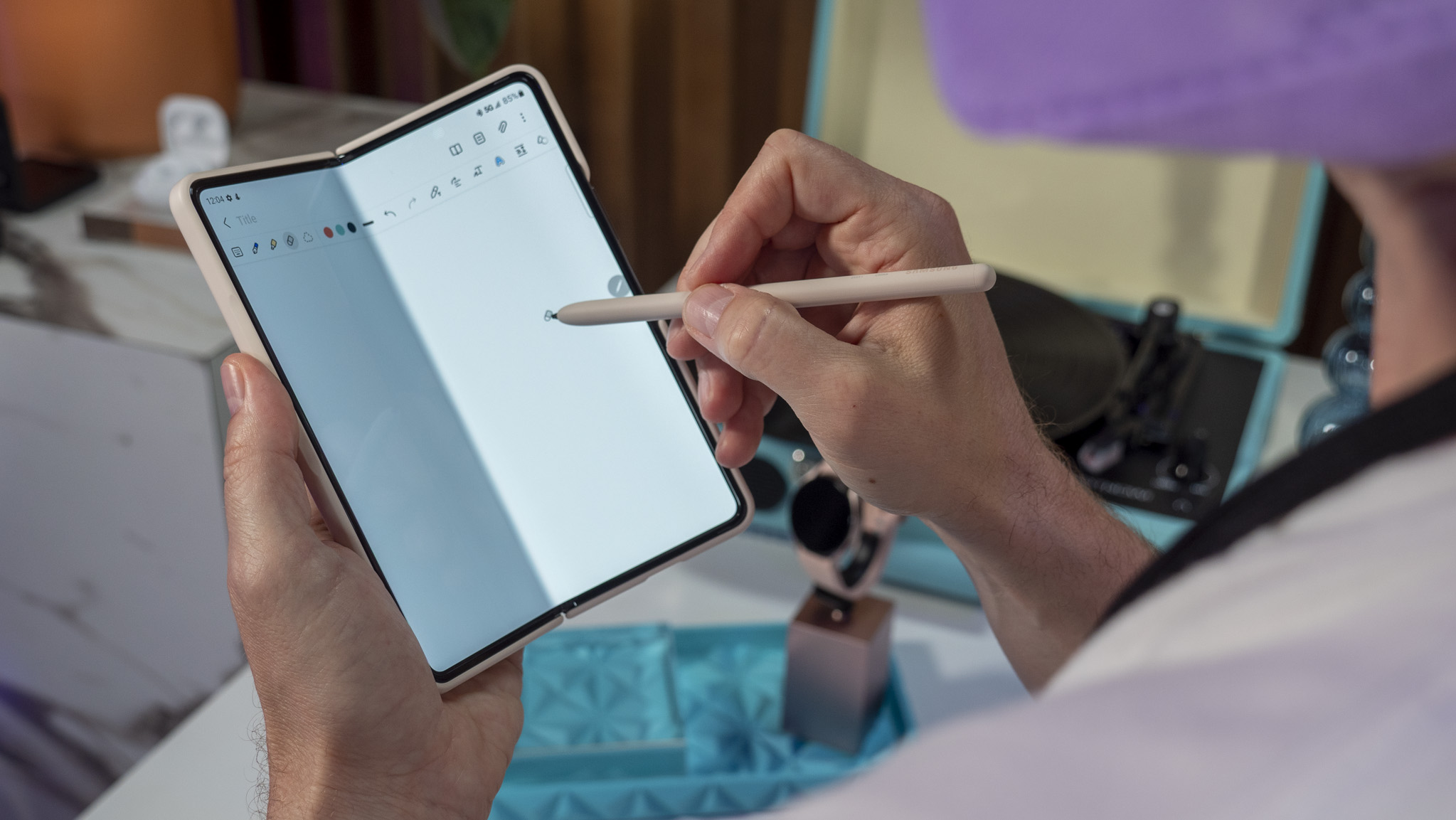
At the hands-on, I got a chance to use this new case and came away impressed with the improvements.
Last year, I was enamored with the ability to use the giant S Pen Fold Edition on the Galaxy Z Fold 3, and the same functionality can be found on the Z Fold 4.
This time around, though, you'll be able to buy the S Pen in a color that matches the Z Fold 4 you chose, or you could mix and match to your heart's content.
Samsung has also completely redesigned the rather terrible S Pen case from the Fold 3 and is offering a fancy new Note package that includes the new case plus a matching color S Pen.
At the hands-on, I got a chance to use this new case and came away impressed with the improvements. Specifically, the inclusion of the S Pen in a tight holster on the back was great, and the shell-like design is far better for protection than the flap style on the Flip 3's official S Pen case.
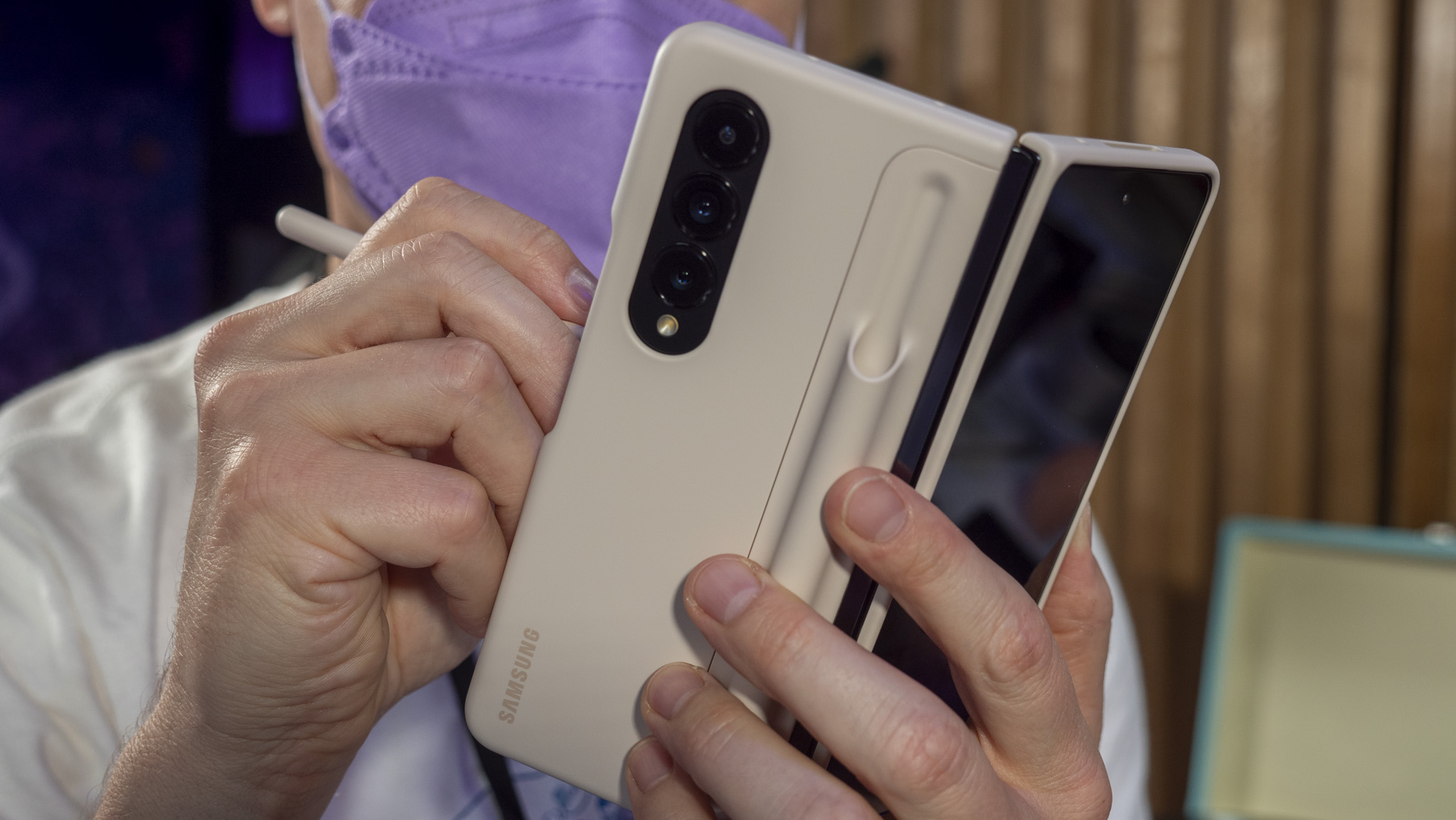
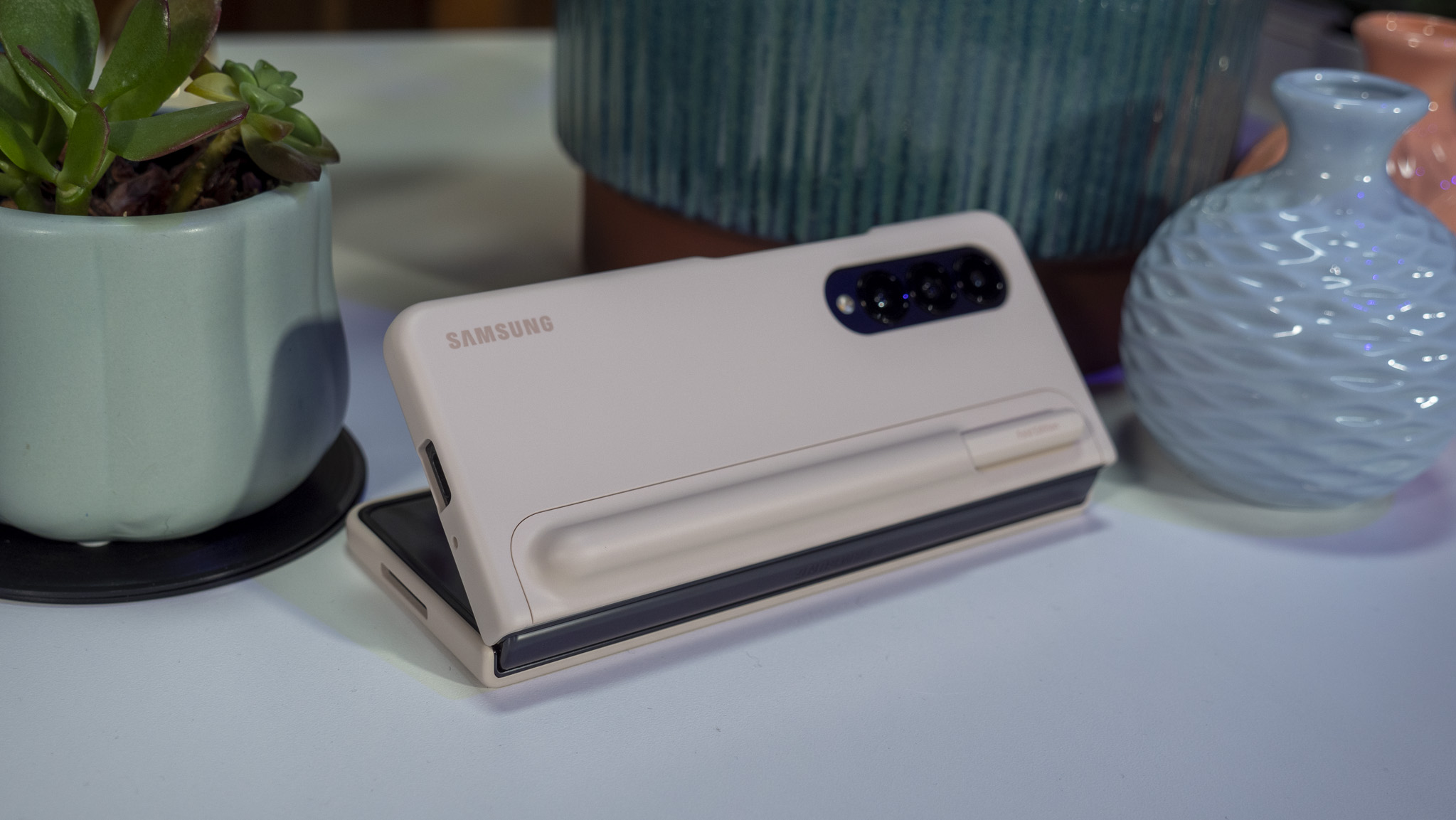
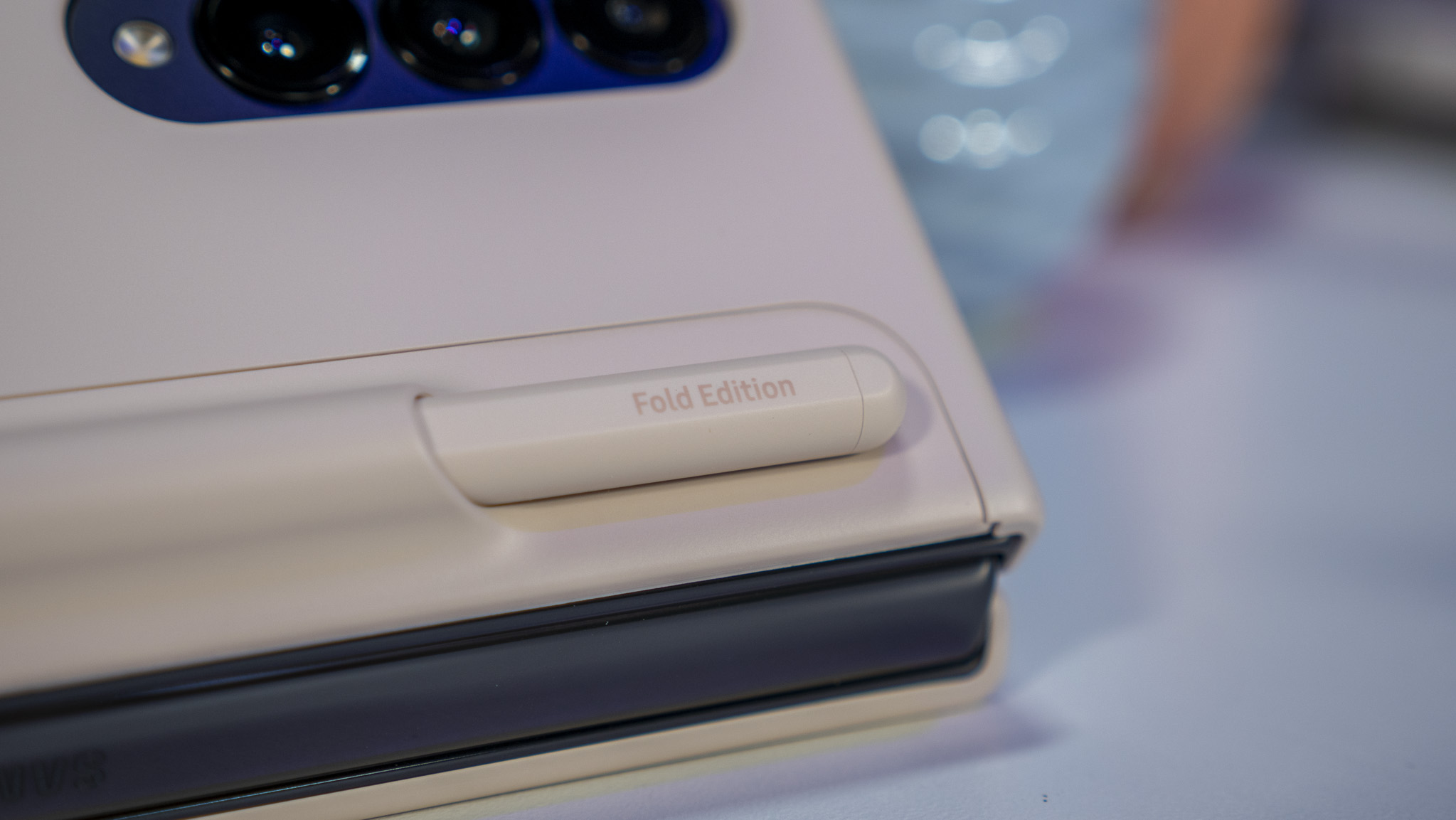
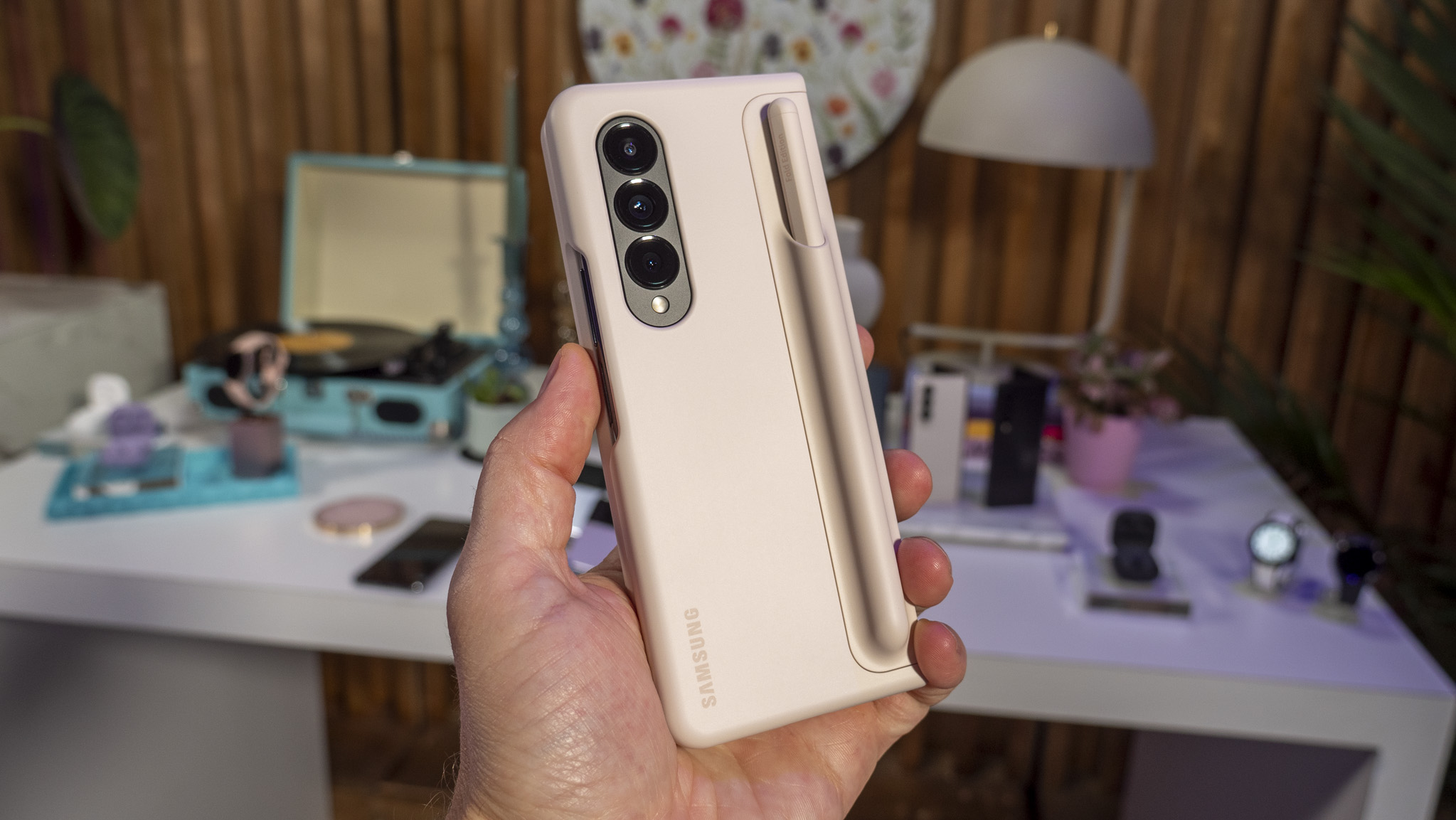
But optional hardware accessories aren't the only thing that make the Fold 4 feel more like a Note-like powerhouse phone. The Galaxy Z Fold 4 and Galaxy Z Flip 4 are the first phones to ship with Android 12L on board, which is a special version of Android 12 Google developed earlier this year.
The Galaxy Z Fold 4 ships with Android 12L, which includes great new features like a laptop-like taskbar for quick multitasking.
Android 12L is designed to enhance the experience on tablets and foldable phones, and you'll find that apps generally play nicer with foldable screens, including special display modes for when you fold the Z Fold 4 only partially.
When in Flex Mode — that's what Samsung calls it when you don't have the phone fully open or fully closed — you'll be able to use the bottom-half of the large display like a mousepad on a laptop. Samsung says a number of apps will have this new functionality baked in at launch and more will follow.
You'll also find a new taskbar is located on the bottom of the screen when the Z Fold 4 is fully opened. This taskbar displays icons for recently used apps, and commonly-used apps (or groups of apps) can be pinned here for quick access. In total, these enhancements make the foldable nature of the Fold 4 feel even more useful and productive than ever before.
We expect these updates to come to the Fold 3 in the future but, for now, they are Fold 4 exclusive.
Samsung Galaxy Z Fold 4 vs. Fold 3: Should you upgrade?
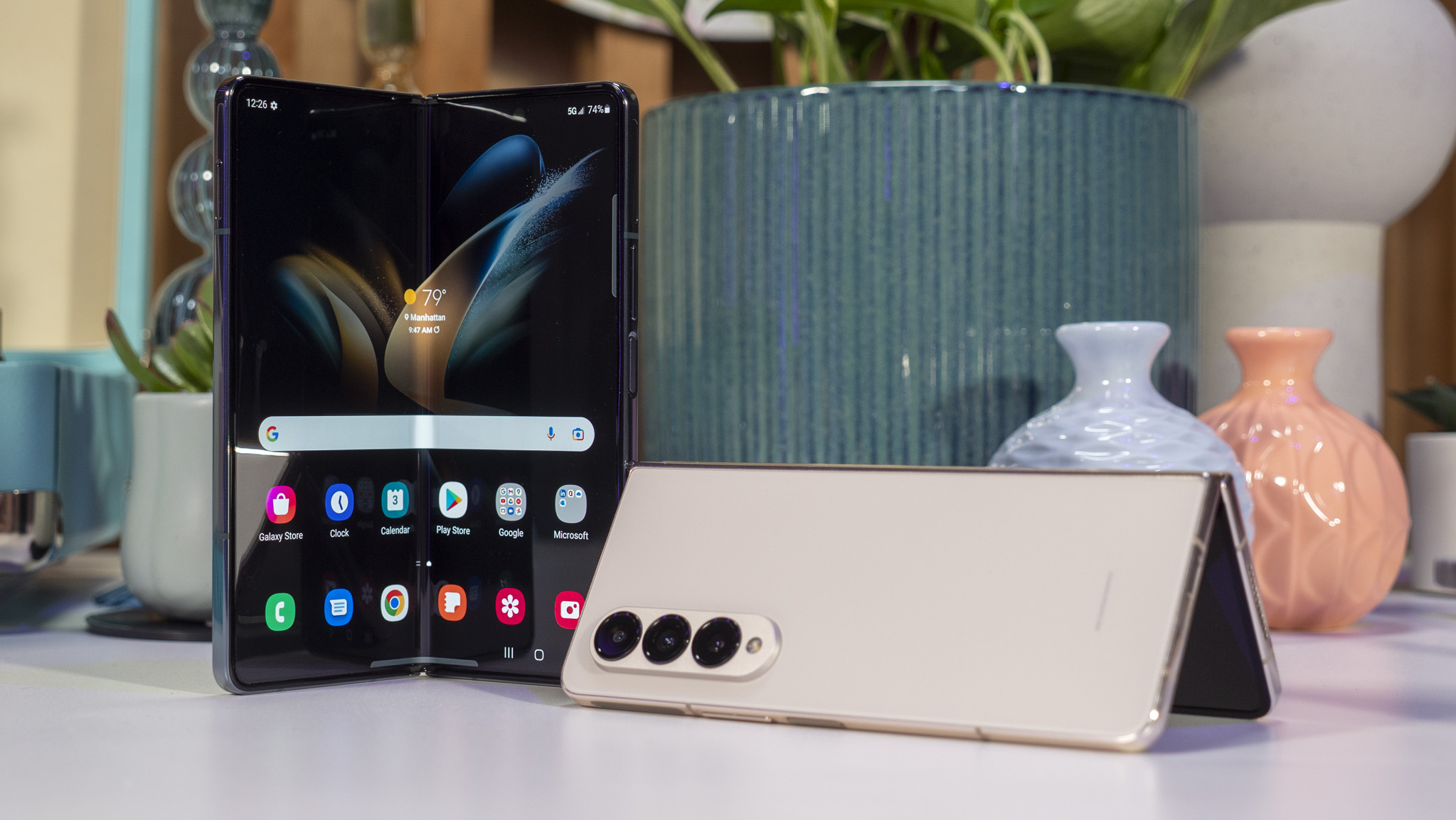
New buyers should seriously consider a Fold 4 over a Fold 3 for many reasons. Aside from the design improvements and enhanced performance, charging and battery life, the Fold 4 will be supported for one year longer than the Fold 3. It might be more expensive unlocked than the Fold 3 for the time being, but great deals on a Fold 4 will likely ensure that price difference is quite minimal in the end.
Fold 3 users who are unhappy with the camera or performance of their phone will likely be happy with an upgrade, but these differences might not be enough to justify the price difference between the phones. Samsung does always run a great trade-in program and, if you preorder the Fold 4, you could get an additional $200 store credit to use toward great accessories like the better-designed Note style case and S Pen.
Either way you go, both the Fold 3 and Fold 4 are incredible foldable phones that'll change the way you think about how phones work and operate. They're a marvel of engineering and continue to get better over time thanks to Samsung's excellent software support and regular updates.
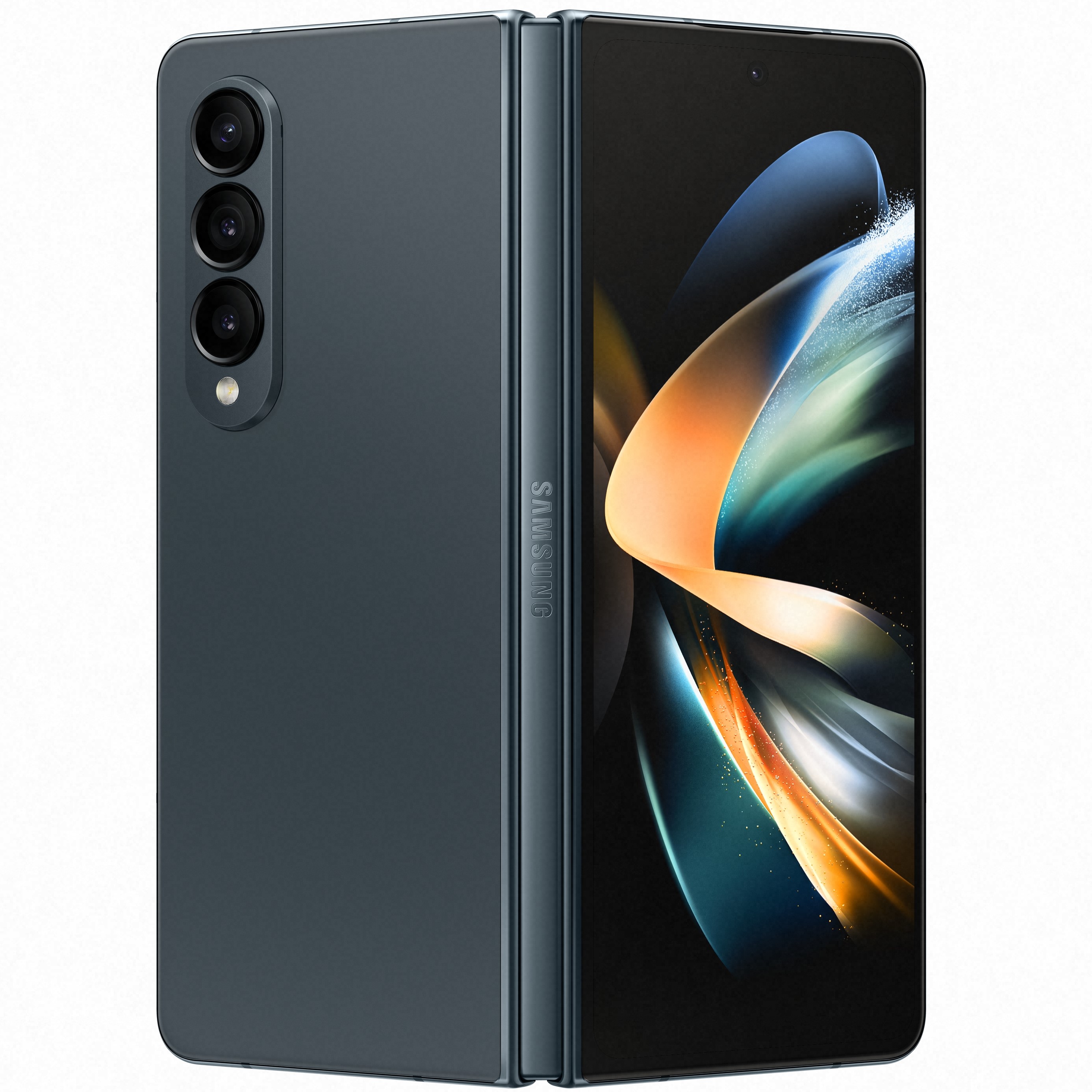
A sleek design
With the Galaxy S22's cameras in tow, the lighter, sleeker and slimmer Galaxy Z Fold 4 is the best new foldable phone you can buy. It's a power user's dream, offering S Pen support and better performance and battery life than the Fold 3.
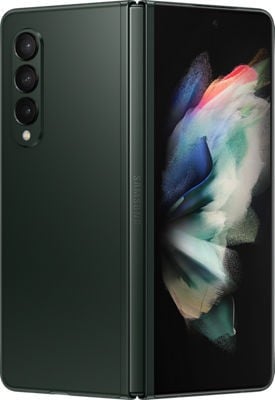
A more affordable option
At a significantly reduced price of $1,199, the Galaxy Z Fold 3 is easier to recommend than ever. It's got the same great S Pen support that it launched with, Android 12's great customization system (and soon to be Android 13's enhanced customization), and years of software support and updates left.
Be an expert in 5 minutes
Get the latest news from Android Central, your trusted companion in the world of Android

